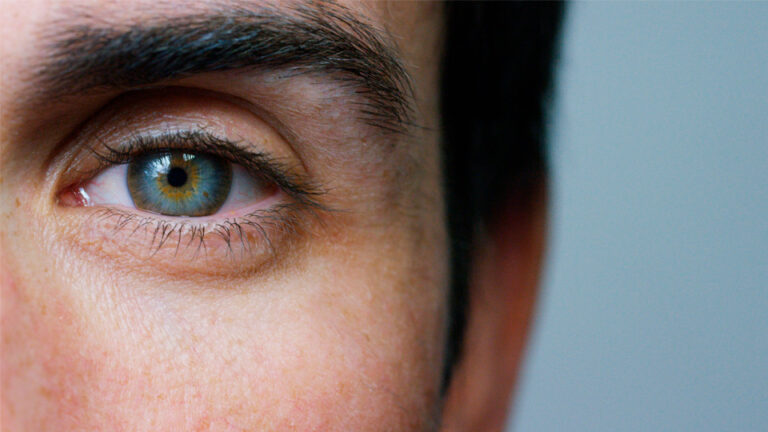Paget’s Disease of Bone

Paget’s disease of bone is a chronic condition that slowly worsens over time. It is characterized by abnormally rapid bone reformation and abnormally rapid bone destruction (osteolytic) (osteoblastic). A structurally abnormal, dense, and brittle new bone may develop in one or more areas of the body. It is possible that the new bone will be dense. This abnormal development has the potential to cause pain in the bones, arthritis, deformities, and fractures. The vertebrae in the spine, skull, pelvis, and lower legs are the ones that are most frequently affected. There is a lack of consensus regarding what triggers Paget’s disease..
Hashimoto’s disease: Symptoms, Causes, and Treatments
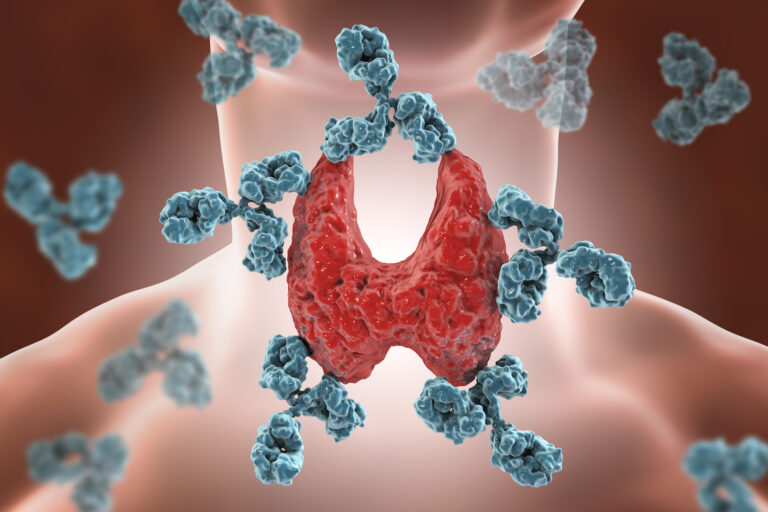
Hashimoto’s disease is also known as Hashimoto’s thyroiditis, chronic lymphocytic thyroiditis, and chronic autoimmune thyroiditis. It is an autoimmune condition that affects the thyroid gland. In addition, it is an autoimmune condition is a disease in which the immune system attacks healthy tissues. Immune cells in Hashimoto’s disease cause the thyroid’s hormone-producing cells to die. The condition usually causes a decrease in hormone production (hypothyroidism). Hypothyroidism is a condition in which the thyroid does not produce enough hormones to meet the body’s requirements.
Buerger’s Disease: How to Deal With It
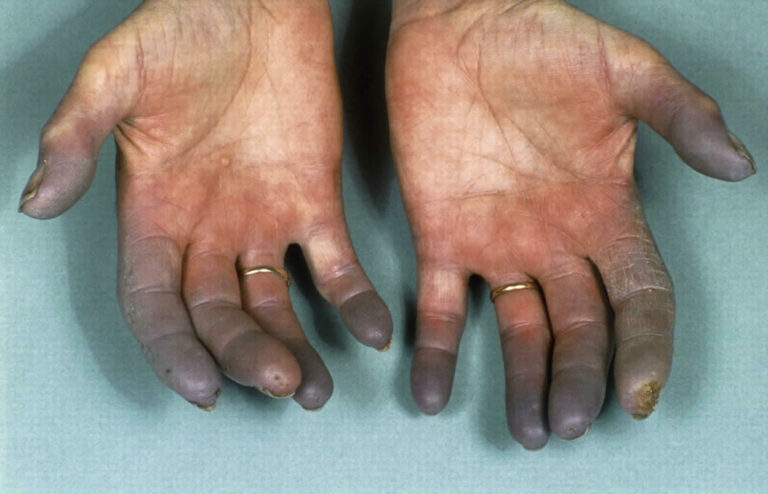
Buerger’s disease is a rare disease of the arms and legs. Buerger’s disease, also called Thromboangiitis obliterans, causes inflammation, swelling, and blood clots in the blood vessels (thrombi). This causes skin tissue damage, infection, and gangrene. Buerger’s disease usually starts in the hands and feet, but can spread to the arms and legs..
Behcet’s Disease: Points to Know About

Behcet's disease is a rare autoimmune disease. It damages blood vessels, causing mouth sores, rashes, and other symptoms. The disease’s severity varies between individuals. Behçet disease is an uncommon vasculitic illness with recurring oral aphthous ulcers, genital ulcers, and uveitis. Among vasculitides, Behçet disease can affect small, medium, and large vessels..
The Most Dangerous Illnesses of the 21st Century

When people think about the world’s deadliest illnesses, they typically think of the fast-acting, incurable illnesses that make headlines from time to time. However, several of these illnesses aren’t among the top causes of death worldwide. In 2015, an estimated 56.4 million individuals died over the world, with 68 percent of those deaths attributable to slow-progressing illnesses..
Crohn’s Disease: Symptoms, and Causes.

Crohn's disease, also called regional enteritis or ileitis, is a lifelong form ofinflammatory bowel disease (IBD). The condition inflames and irritates thedigestive tract specifically the small and large intestines. Crohn's disease can cause diarrhea and stomach cramps. It's common to experience periodic disease flare-ups..
Chagas Disease: Causes, Signs, and Symptoms
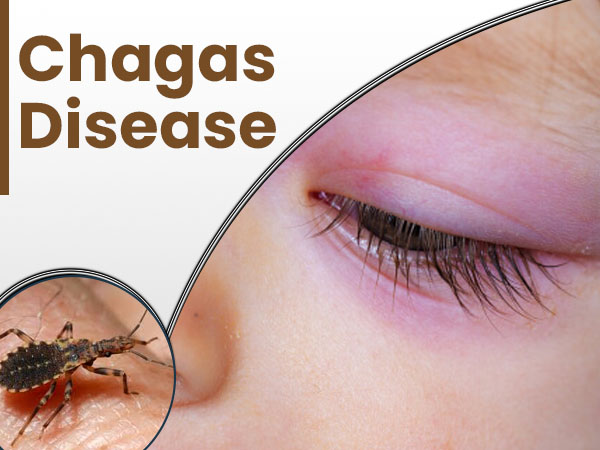
Chagas disease is an inflammatory, infectious disease caused by the parasite Trypanosoma cruzi. This parasite is found in the feces of the triatomine (reduviid) bug. This bug is also known as the “kissing bug.” It is common in South America, Central America and Mexico, the primary home of the triatomine bug. Rare cases of Chagas disease have also been found in the southern United States..
CELIAC DISEASE AT A GLANCE: Beyond Celiac
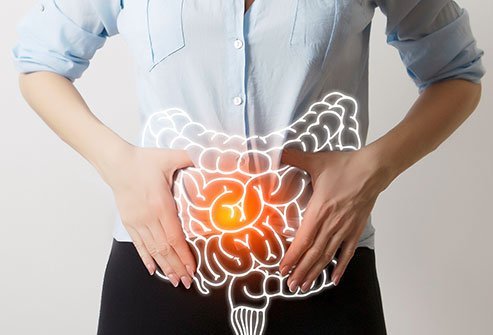
Celiac disease is a digestive and an autoimmune disorder that can damage your small intestine. People with celiac disease might experience symptoms like diarrhea, bloating, gas, anemia, and growth issues. Celiac disease can be triggered by a protein called gluten. Gluten is found in grains, like wheat, barley, and rye. Changing your diet to avoid gluten often helps relieve your symptoms..

